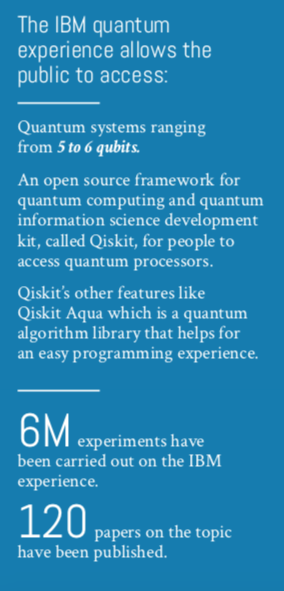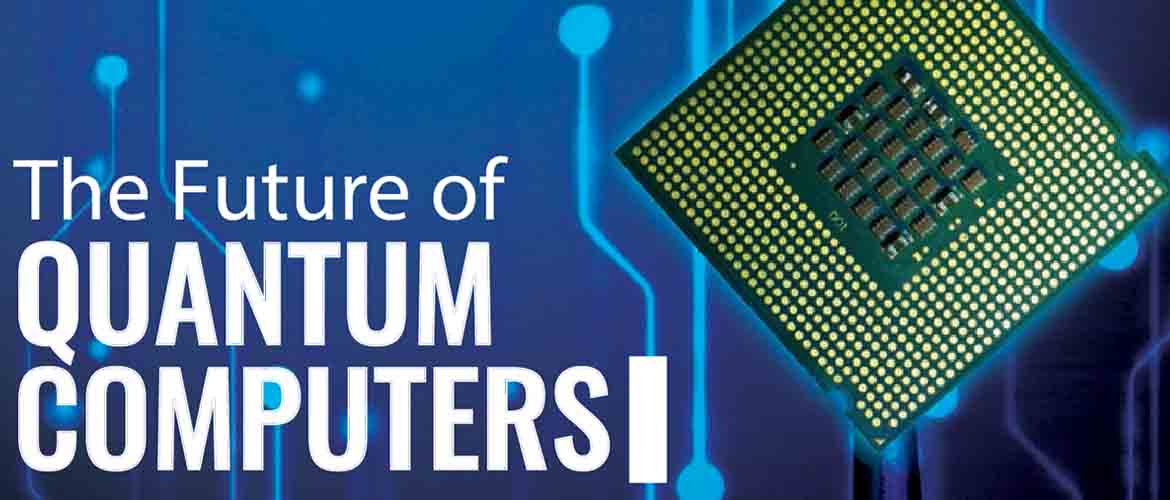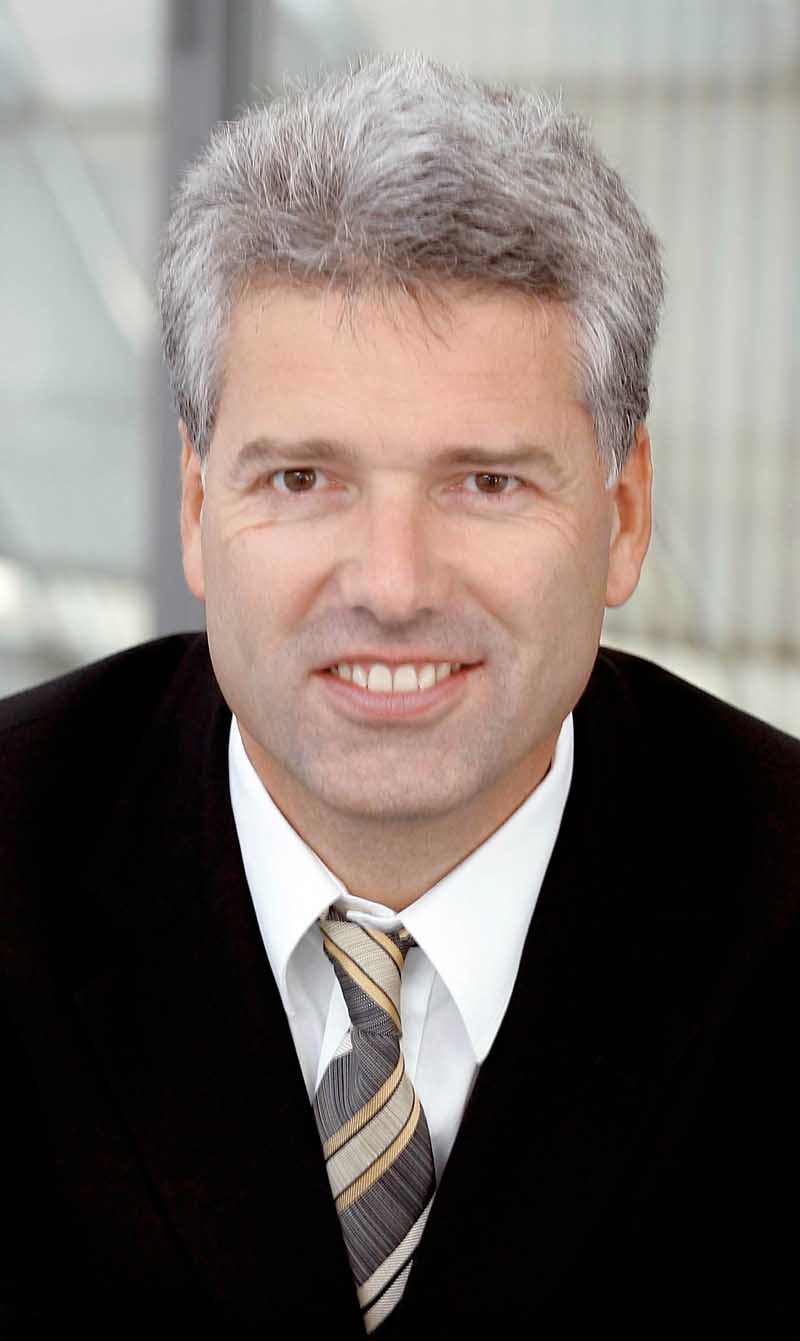The future of quantum computers
Experts at the 2018 WIEF Global Discourse on Quantum Computing in Kuala Lumpur discussed the future of quantum computing. This summary was first published in the third edition of In Focus magazine.
It’s not easy to explain something that only existed in as an abstract concept and in one’s imagination but now quantum computers do exist. At the WIEF Global Discourse on Quantum Computing, which happened on 20 September 2018 in Kuala Lumpur, quantum computing experts discussed its uses and its development over the years.
One of the experts was vice president and chief technology officer of IBM systems, Asia Pacific, Christian Raetzsch. Originally from Austria, Christian lived in more than 50 countries throughout his 30-year career with IBM and was very excited about the next chapters in quantum computing technologies.
The other expert was a theoretical physicist from Ireland, assistant professor at the Singapore University of Technology and Design, Dr Joseph Fitzsimons. His research interests focused on quantum mechanics and how to enhance the security of networked computation. During the Global Discourse he used his fondness for illustrations to explain the developments of quantum computing through the years.
Qubits & quantum computing
Dr Joseph started working on quantum computing as a PhD student in 2004. ‘At the time, things looked very good in terms of the growth of the number of qubits but progress was slow’ he said. Qubits are the simplest unit of quantum information which are equivalent to a large number of bits of conventional computers.
He noticed that between 2016 and 2018 there was a massive leap in the growth of the number of qubits that increased at consistent intervals. ‘The scale of number of qubits in the devices that were announced doubled every six months. This was because the level of noise in the device being built decreased overtime and the length a qubit could go without an error increased,’ he said.
The noise in the quantum computing machine happened because of the very low temperatures the computer operated in and needed to maintain the state of the qubit. ‘IBM’s quantum computer is basically a refrigerator which operates at very cold temperatures to maintain the state of the qubit. This is why it makes a lot of noise,’ Christian explained. The machine’s level of noise was a problem because it caused the error that affected the quantum computing process.
Christian explained that in order to gain advantage of the larger or increased number of qubits, the error rates or noise must be decreased below a certain level or threshold. Dr Joseph pointed out that we’re entering a regime where the quantum noise is low enough in a quantum computer that we can actively correct those errors as they occur. ‘Rather than leaving the device hoping no error would occur, you can actually intervene and suppress the errors as they occur. This is something called the fault-tolerance threshold,’ he said.
Dr Joseph believed that quantum computers have tracked very closely to the development of early computers. ‘There are a couple of things that we haven’t done yet, in order to get to the bigger advances that occurred many years ago in conventional computers. For example, we currently don’t have any real study of data structures for quantum computers. We discovered one data structure and it opened up a whole range of applications in machinery. There’s certainly more,’ he said.
Some of the possible uses of quantum computing mentioned by the experts include helping people understand and simulate chemistry, high energy physics and accelerate mathematical functions. ‘We also think they’re useful for optimisation problems,’ Dr Joseph added.
IBM’s possibilities
Christian elaborated on the quantum computers that IBM created. In August 2016, IBM created their very first quantum computer which was made available to the public over the internet. ‘Everybody can now access IBM’s quantum processors via the Cloud, experience how this technology works, do experiments and see how this can build possibilities for advantages,’ he said.
 IBM’s development of quantum computing has been an investment of more than 50 years and in 2017, IBM started partnerships with corporations to accelerate research and launch commercial applications and prepare companies for its use cases. The biggest commercially accessible IBM quantum computer was 20 qubits but IBM is currently developing 50-qubit machines in their lab.
IBM’s development of quantum computing has been an investment of more than 50 years and in 2017, IBM started partnerships with corporations to accelerate research and launch commercial applications and prepare companies for its use cases. The biggest commercially accessible IBM quantum computer was 20 qubits but IBM is currently developing 50-qubit machines in their lab.
Christian believed quantum computing would open doors conventional computers would never be able to open especially in helping humans understand and simulate nature. This was because of the way nature worked and how conventional computers are not wired to make sense of it. ‘Nature doesn’t work with 0s and 1s which is how traditional computers or super computers work,’ he explained.
Christian believed that we’re not too far off from quantum advantage and that we’re quantum ready. ‘We need to think in quantum terms, it’s absolutely essential to keep an open source and advance use cases for real life,’ he added. Christian didn’t believe there was a need today for everybody to build their own quantum computer. This is because of the immense amounts of research and materials required. ‘Very few companies can do that at all,’ he said.
According to Dr Joseph, we’re only scratching the surface when it comes to the applications of quantum computers. He believed that whatever the future expectations of the potential of quantum computers are, people will never know for certain the truth of what’s to come. ‘The predictions we make now [about the future of quantum computers] will be wrong no matter what we say,’ Dr Joseph concluded.
___________________
For more on the latest topics related to business, technology, finance and more, read our digital versions of In Focus magazine, issue 1, issue 2 and issue 3.





